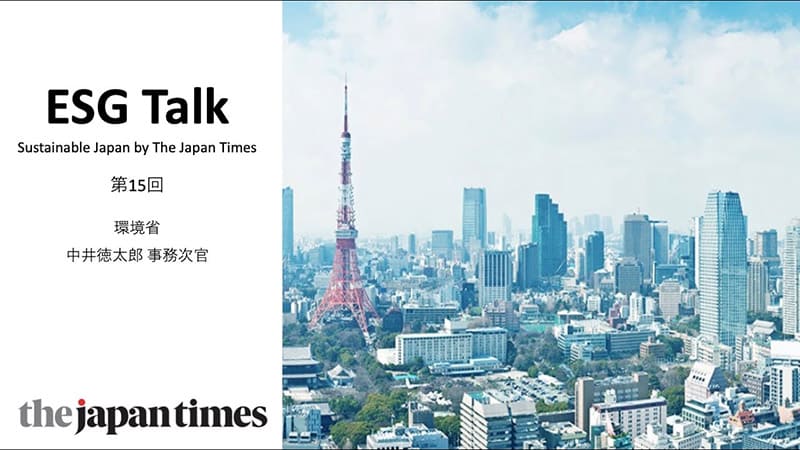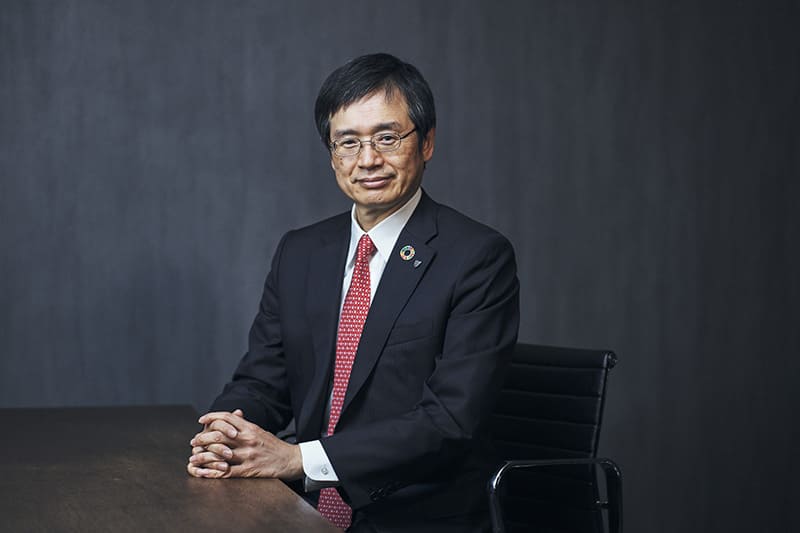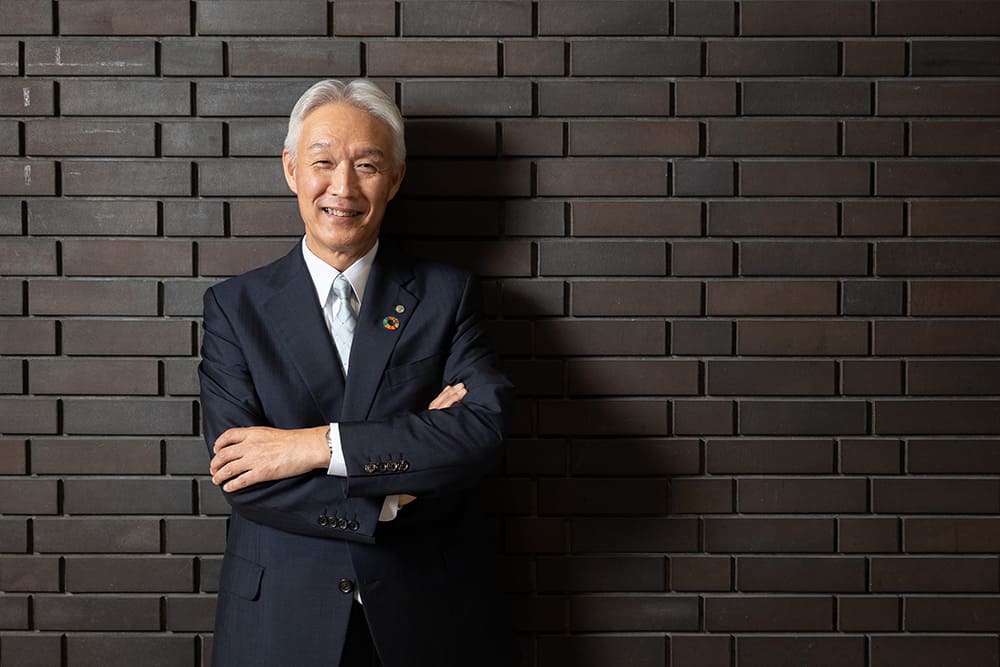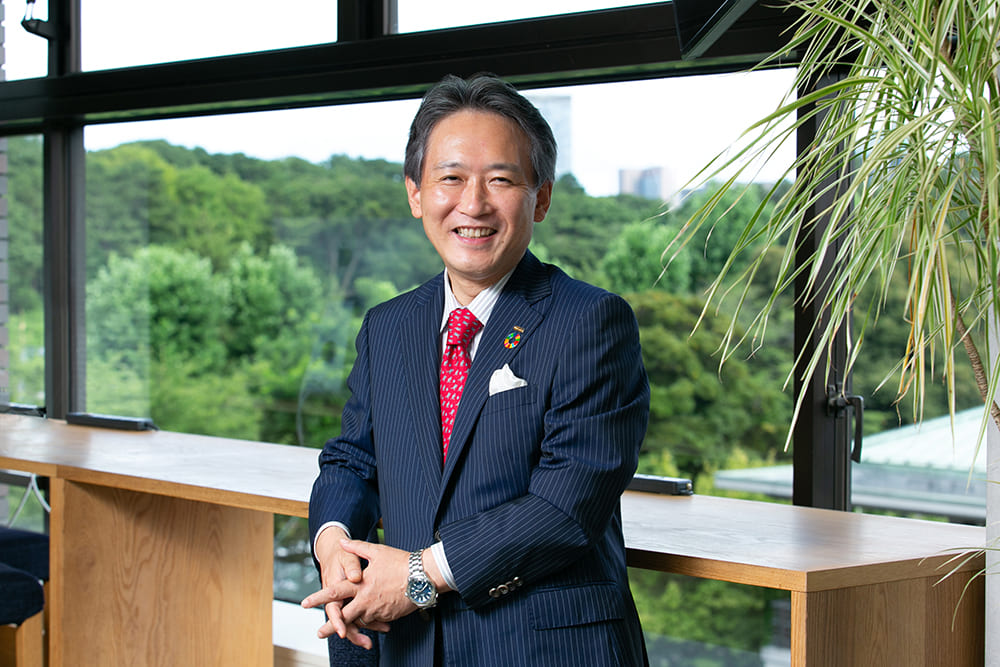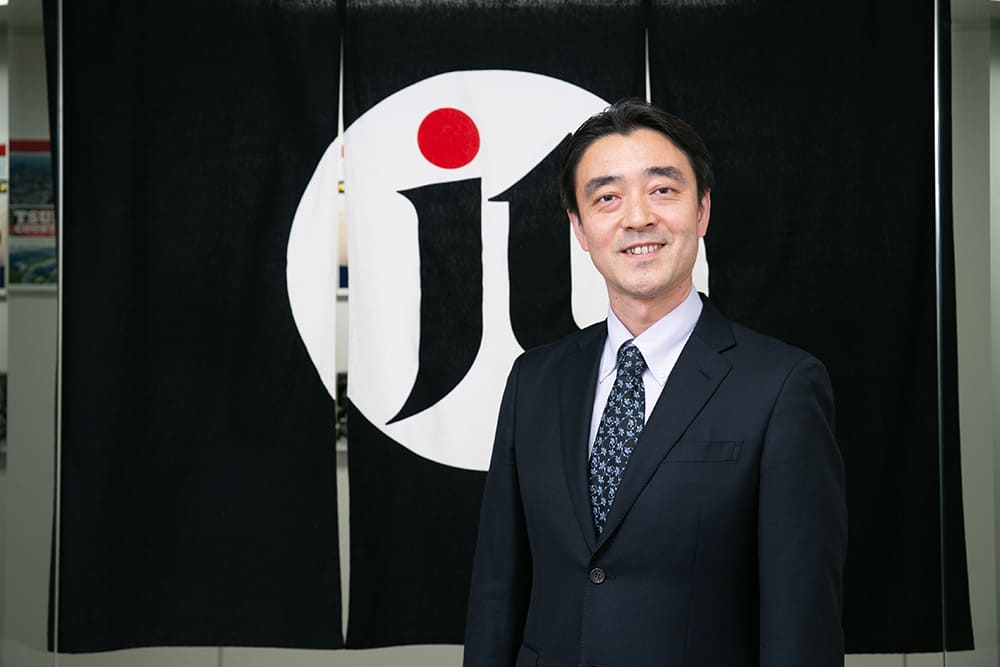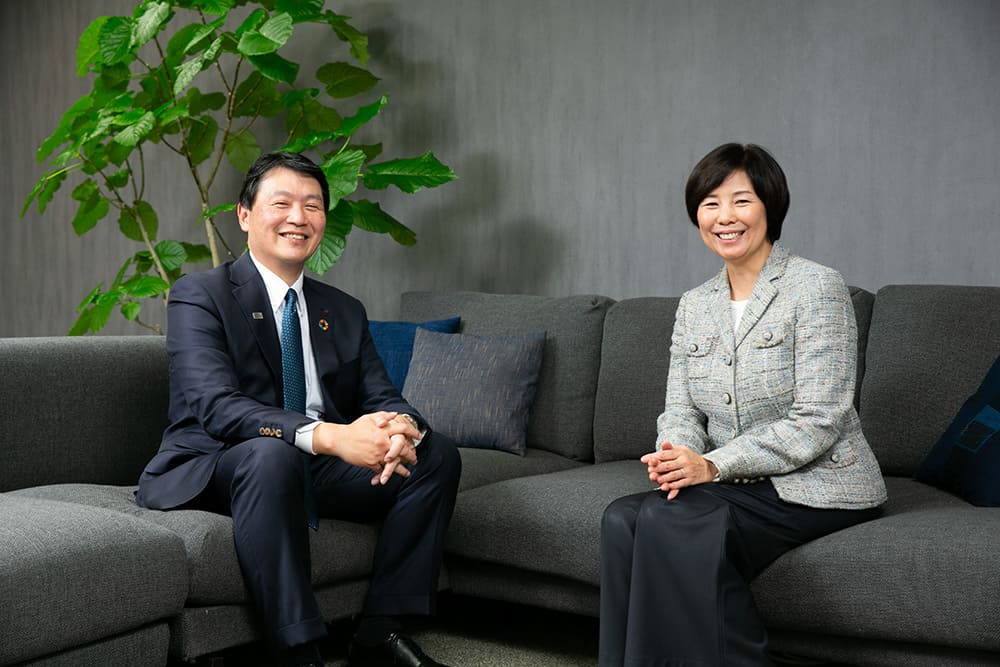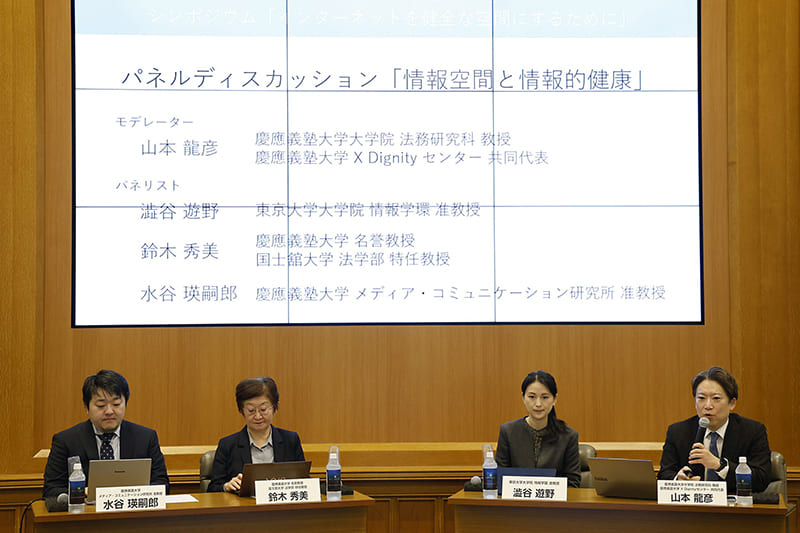April 04, 2022
Japan’s regions offer models for world sustainability
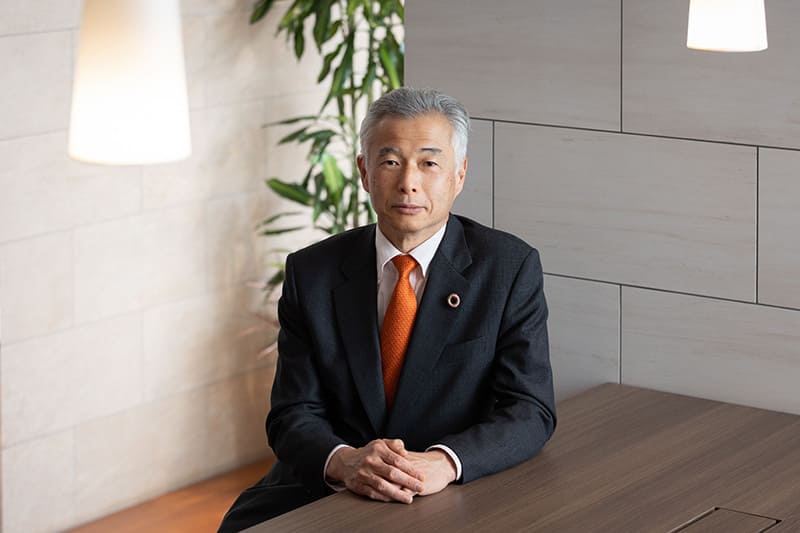
For the goal of making Japan carbon neutral by 2050, the Ministry of the Environment is supporting regional efforts through measures including legislation and subsidies. Tokutaro Nakai, vice minister of the ministry, says his ambition in his role is to set off a “decarbonization domino effect” on a global scale by supporting the promotion of successful models in Japan as well as the rest of the world.
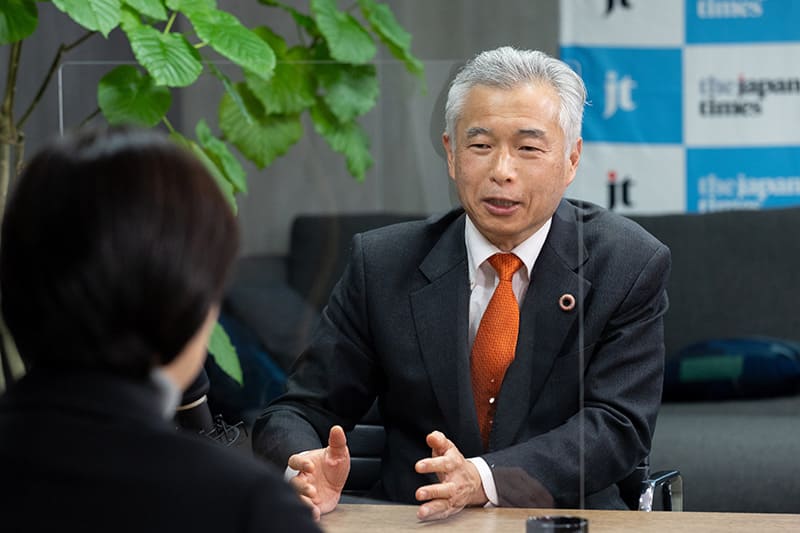
There is an initiative underway across Japan to combine efforts of local governments, businesses and citizens’ groups to achieve “local SDGs” and to create “regional circular and ecological spheres.” The concept was proposed by the Ministry of the Environment in 2014 and was incorporated into the fifth basic environmental plan approved by the Cabinet in 2018.
The initiative seeks simultaneous achievement of the social and economic regeneration of the region and its environmental improvement, such as promoting decarbonization and conservation and regeneration of the natural environment. It encourages agricultural, mountainous and fishing villages and urban regions to form self-reliant and decentralized society, and complement and support one another by circulating local resources, including nature, physical materials, human resources and funds.
It is characterized by its goal of achieving integrated development of the environmental, economic and social areas, which is a departure from the typical thinking during the period of high economic growth, in which either the economy or environmental conservation was prioritized, not both.
Top use of regional strengths
As technologies, including digital technology, developed and found wider uses, they helped accelerate the formation of the regional circular and ecological sphere. “It has become possible to put regional strengths to maximum use, including renewable energy, food and tourism resources created from the blessings of nature found in forests, rural areas, rivers and the sea,” Nakai said.
The bottom-up way of thinking, in which efforts to achieve the SDGs are led by regional communities, is essential for realizing the local SDGs, he added. “Local communities and individuals are like cells that form the human body,” Nakai said. “Each of them needs to make maximum use of their potential and take action to nurse ailing regions and the Earth back to health.”
Nakai also stressed the importance of regional financial institutions, which have firmly established their positions in their areas. They form a “twin turbo engine” combined with local governments, which lead the effort. While the central government plans to support local governments through grants to promote regional decarbonization efforts, gaining the understanding and cooperation of private-sector financial institutions, including regional banks and credit unions, is indispensable. It is the case especially for realizing a large project that involves regional companies, as they have developed relationships of trust with regional economic entities over many years.
The government aims to designate at least 100 “decarbonization leading areas” by the end of March 2031 and is inviting local governments to submit requests for grants. The support will continue to be offered in intervals of five to 10 years, and the government plans to promote models that prove successful in Japan as well as overseas.
Leading models
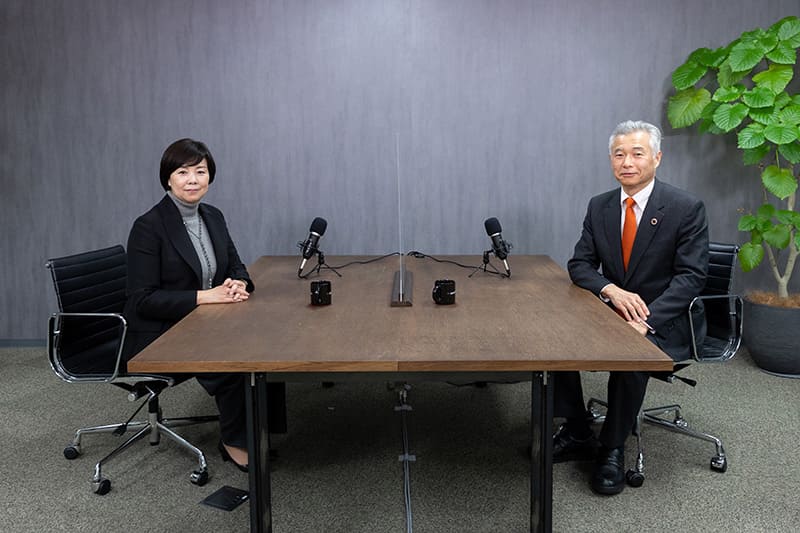
There are already examples of leading models. In the Chiba Prefecture town of Mutsuzawa, “regional microgrid” was constructed using renewable energy sources such as solar power and regional resources such as natural gas. The microgrid can maintain a stable supply of electricity even if a blackout is caused by a natural disaster such as a typhoon or earthquake. In the Okayama Prefecture city of Maniwa, where forests occupy about 80% of the area, a biomass power project, which generates power using wood waste from forest thinning and timber offcuts collected from forestry and lumber businesses, was launched entirely on local funding. The power plant, whose generation capacity can cover the combined power demand of all households in the city, created jobs not only at the facility itself but also in the forestry industry, helping to revitalize the regional economy.
“Japan’s industry has historically developed on a philosophy of seeking to benefit not just oneself but all three stakeholders, which are the seller, the buyer and the community, thereby contributing to society,” Nakai said. He believes the SDGs philosophy of “leaving no one behind” has many aspects in common with the mentality and experiences of the Japanese. “We want to contribute to the rest of the world by promoting the models that have proved successful in regions of Japan overseas, working with large, medium and regional companies that are behind them,” Nakai said. “I think they can serve as models for countries in Asia and Africa, which paint a scenario of transitioning to a carbon neutral economy while protecting natural ecosystems.” If successful examples increase, it may be possible to rapidly set off decarbonization efforts in Japan and overseas, like a domino effect.
To international contribution
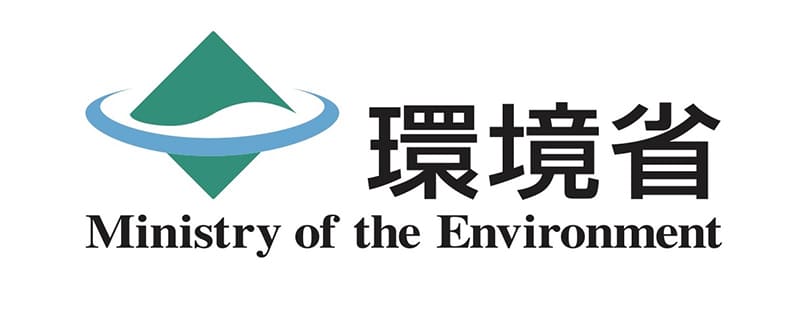
The so-called Joint Crediting Mechanism (JCM), which aims to contribute to the reduction of greenhouse gases on a global scale by promoting the use of superior decarbonization technologies in developing countries, had been used in 205 projects across 17 countries by the end of December. According to Nakai, the government has begun discussions with relevant ministries and agencies on ways to promote JCM projects funded by private-sector money, rather than just government subsidies. These projects range widely, from power generation using waste materials to renewable energy development.
Participants in the 2021 U.N. Climate Change Conference, held in Scotland in November, in effect agreed to — in Nakai’s word — “upgrade” the previous target of limiting the increase in the global average temperature, from well below 2 degrees Celsius above pre-industrial levels to below 1.5 C. The world has entered the “phase where we work to pursue the outcome of reducing emissions” this year, Nakai said.
In its April 2021 report on final measurements of greenhouse gas emissions in the fiscal year that ended in March 2020, the Japanese government reported that the country’s greenhouse gas emissions per gross domestic product had decreased for seven consecutive years. Nakai said Japan’s strength lies in its steady track record of reducing emissions, which has helped it win trust from the international community. That, he added, also has made him feel responsibility to do a good job.
“I want to help promote successful regional models (of Japan) overseas and contribute to the international community,” he said.
NAKAI Tokutaro
Vice Minister of the Environment
Ministry of the Environment, Japan
After graduating from the University of Tokyo, Faculty of Law, he entered the Ministry of Finance (MOF) in 1985. After working at the Budget Bureau, he was temporarily assigned to the Toyama Prefectural Government. During his assignment in Toyama, he helped to promote studies on Japan Seaology. Returning to MOF in 2002, he held prominent positions such as Director of Public Relations, Director for Fiscal Investment and Loan Appropriation, Financial Bureau, and Director for the budget of the Ministry of Agriculture, Forestry and Fisheries, Budget Bureau. He was transferred to the Ministry of the Environment in July 2011 after the Great East Japan Earthquake, and held prominent positions such as Director of the Policy Planning Division, Environmental Policy Bureau, Director of the Policy and Coordination Division, Minister’s Secretariat, Director of the Personnel Division, Minister’s Secretariat, Director-General of the Waste Management and Recycling Department, and Director-General for the Environmental Policy Bureau. He was appointed Vice Minister of the Environment in July, 2020.

